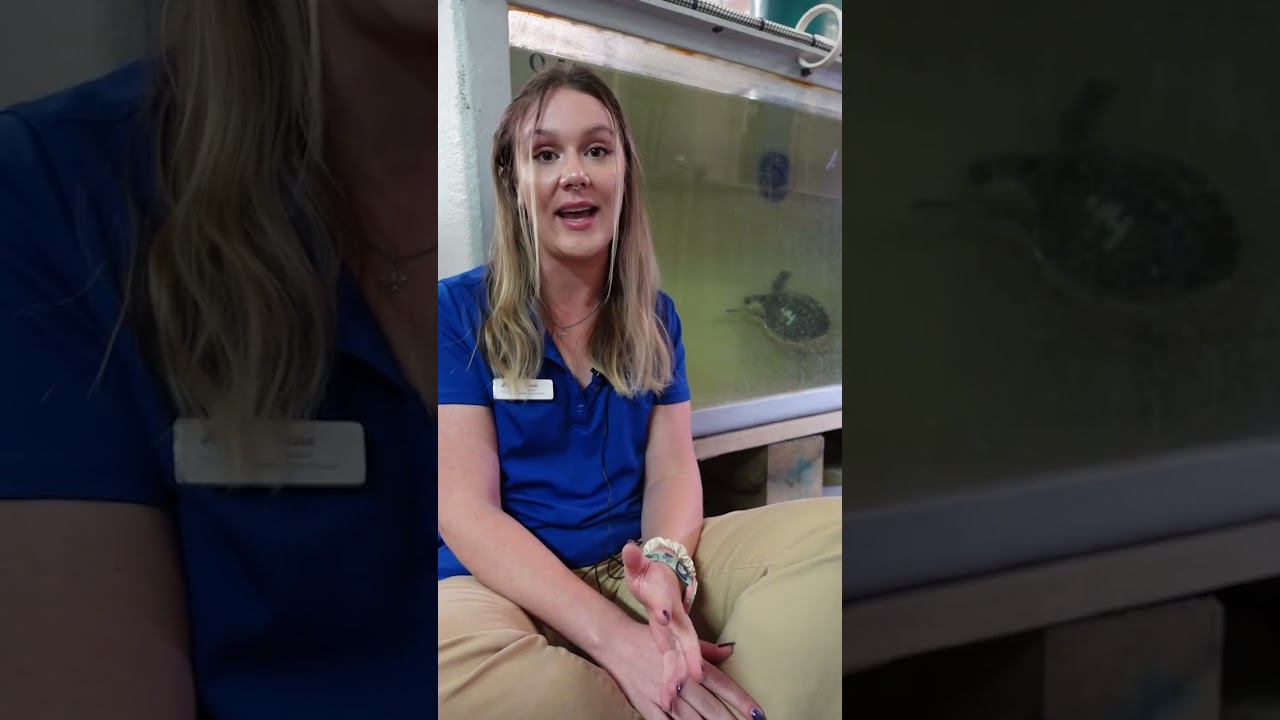– The biology and physical characteristics of Kemp’s Ridley Sea Turtle
– The threats facing Kemp’s Ridley Sea Turtle in today’s oceans, particularly plastic pollution
– Conservation efforts and strategies to protect Kemp’s Ridley Sea Turtle
– The role of aquariums and zoos in educating the public and participating in conservation initiatives
Kemp’s Ridley Sea Turtle (Lepidochelys kempii) is the world’s most endangered sea turtle species. Known for its distinctive olive-gray color, this turtle presents a fascinating subject for those interested in marine biology and conservation. Understanding Kemp’s Ridley Sea Turtle requires a dive into the traits that make this species stand out, its multiple challenges in the modern ocean environment, and its ongoing efforts to prevent its decline.
**Biology and Physical Characteristics**
Kemp’s Ridley Sea Turtle is renowned for its relatively small stature compared to other sea turtles. Adults reach about two feet in shell length and weigh up to 100 pounds. Its almost circular shell (carapace) is a noticeable feature, distinguishing it from its sea turtle relatives. However, its size does not diminish its significance in marine ecosystems. These turtles contribute to the health of marine habitats by maintaining healthy seagrass beds and controlling jellyfish populations, which could otherwise bloom out of control.
Kemp’s Ridley’s reproductive habits are notable, with synchronized nesting (arribadas) a dramatic demonstration of their lifecycle. Females come ashore in large groups to lay eggs, which increases the chances of hatchlings making it to the sea. This behavior underscores the intricate balance within ecosystems Kemp’s Ridley occupies.
**Threats from Plastic Pollution and Other Factors**
Despite its fascinating biology, Kemp’s Ridley Sea Turtle faces significant threats from human activities. Plastic pollution is a critical concern. These turtles often ingest plastic debris, mistaking it for food such as jellyfish. This can lead to intestinal blockage, malnutrition, and even death. Additionally, lost or discarded fishing gear poses a threat through entanglement, leading to injuries or preventing turtles from reaching the surface to breathe.
Beyond plastic, the impacts of climate change, such as altered sand temperatures affecting sex determination of hatchlings and sea-level rise threatening nesting beaches, further exacerbate the conservation challenge for Kemp’s Ridley Sea Turtle.
**Conservation Efforts and Strategies**
Conservation strategies include legal protection, habitat preservation, and direct intervention measures like nest protection and hatchling releases. International cooperation is vital, as Kemp’s Ridley Sea Turtle traverses the Gulf of Mexico and the North Atlantic, requiring efforts that span national jurisdictions. The success of these conservation strategies often hinges on research and monitoring to identify critical habitats and understand migratory patterns.
Effective conservation also involves mitigating the impact of bycatch (the accidental capture of non-target species by fishing gear), which is a significant threat. Modified fishing gear and practices, such as turtle excluder devices (TEDs) in shrimp trawls, represent important advancements in reducing bycatch.
**The Role of Aquariums and Zoos**
Aquariums and zoos play a crucial role in Kemp’s Ridley Sea Turtle conservation through research, rehabilitation, and education programs. They serve as safe havens for injured or sick turtles, providing the necessary care to release them back into the wild. Moreover, these institutions are crucial in raising public awareness about the plight of sea turtles and the importance of ocean conservation efforts. Educational programs can inspire visitors to adopt behaviors contributing to ocean health, such as reducing plastic use and supporting conservation initiatives.
Furthermore, aquariums and zoos participate in scientific research that enhances understanding of Kemp’s Ridley Sea Turtle’s ecology and informs conservation strategies. These collaborative efforts between public institutions, governments, and nonprofit organizations embody a comprehensive approach to conservation that leverages expertise from various sectors.
**Conclusion**
Kemp’s Ridley Sea Turtle stands as a symbol of the challenges and opportunities in marine conservation. Its threats, including plastic pollution, climate change, and bycatch, reflect broader environmental issues that require global attention and action. The concerted efforts of conservationists, researchers, governments, and the public are crucial to reversing the decline of this important species. Through education, sustainable practices, and policy advocacy, there is hope for a future where Kemp’s Ridley Sea Turtles thrive again in the world’s oceans.
*****
Source Description


